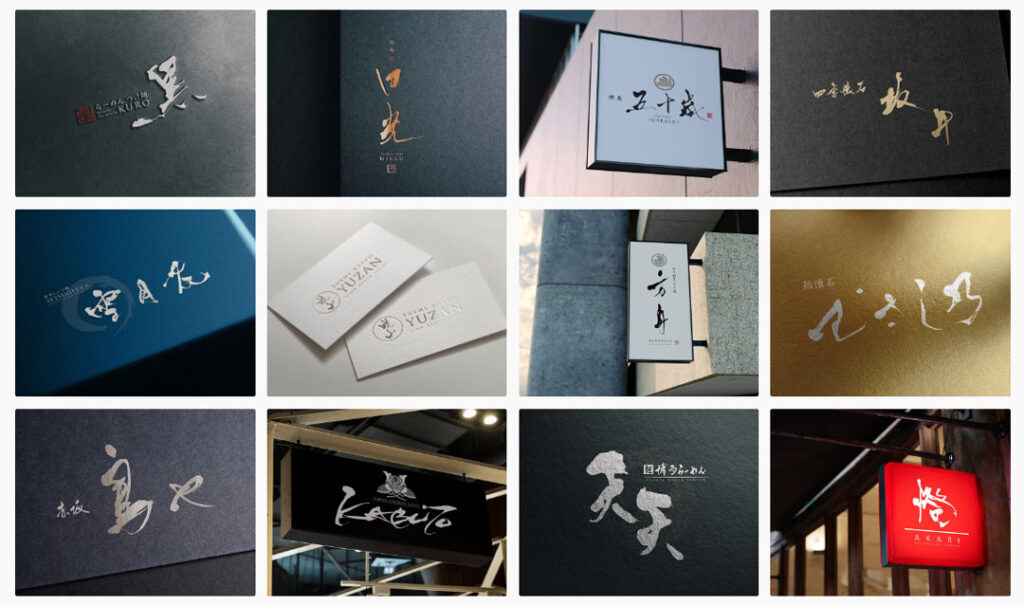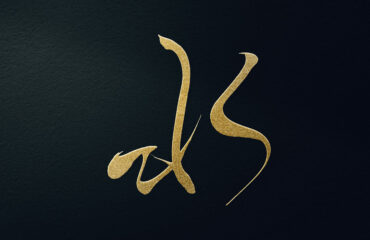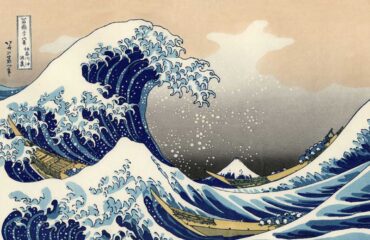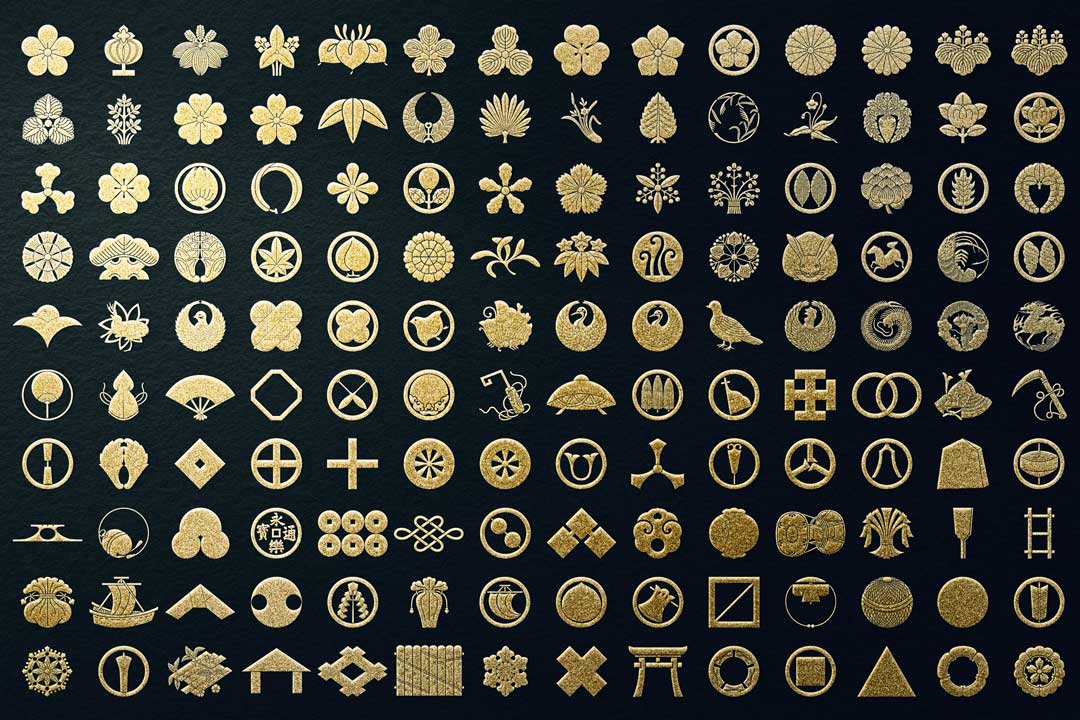
What is Kamon (Japanese Family Crest)
Kamon, written in Kanji as “家紋“, consists of two parts: “家” (ka) and “紋” (mon). “Ka” represents one’s lineage, encompassing the broader context of the family tree, while “mon” stands for a crest or a symbol.
For centuries, Kamon has served as a significant element in Japanese society, acting as an emblem to articulate an individual’s or family’s lineage, bloodline, and their respective social standings.
This intricate system of symbols provides an insightful lens into familial identities and relationships, as well as socio-economic hierarchies within Japanese culture.
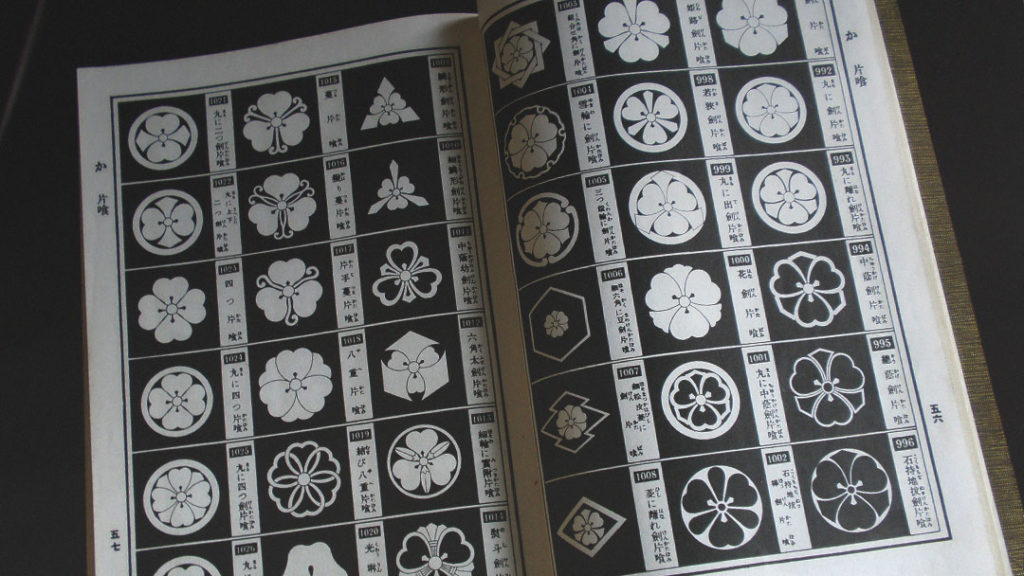
The History of Kamon
The family crest began 900 years ago in the Heian period (794-1185), when court nobles began to add beautiful patterns to their furniture and personal effects, which became popular among the nobility and established itself as a family crest.
Later, in the Kamakura period (1185-1333), it was widely used by samurai as a mark to distinguish friend and foe on the battlefield.
Generally, it is called “banner crest” or “curtain crest,” and its design changed from the elegant and beautiful ones of the aristocrats to simple and easy ones.
By the Edo period (1603-1867), they had come to be used only as a sign of the family, and there were only about 1,000 types, but from the end of the Edo period to the Meiji period (1868-1912), they became popular again among the general public and were attached to furniture, furnishings, kimonos worn on formal occasions, etc.
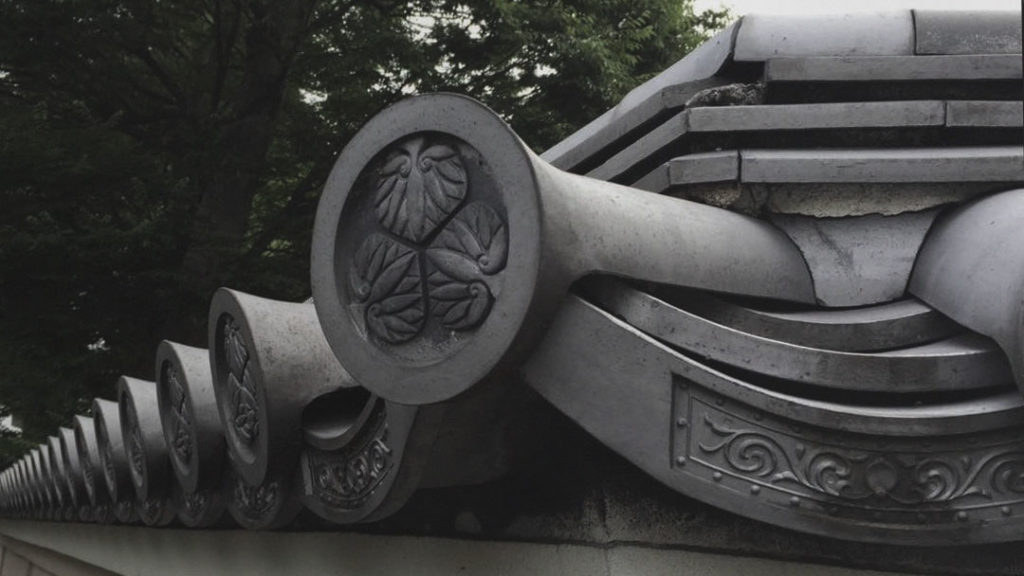
Types of Japanese family crests – Kamon
Kamon comes in a diverse range of designs, broadly categorized into several types.
The most prevalent category is the floral and grass designs, featuring over 100 different varieties.
The next most common are crests inspired by everyday utensils and tools, including elements such as fans, wheels, and arrows, with approximately 100 distinctive types.
Another prominent category of Kamon is pattern-based crests, offering about 25 distinct designs ranging from geometric shapes like Tomoe and scales to more organic forms like tortoiseshell patterns.
There is also a significant category of Kamon that represent natural phenomena, capturing elements like the moon, sun, clouds, and snow, with about 15 different types.
In addition to these, there are Kamon featuring animal motifs and structures such as torii gates, wells, and hermitages.
Spiritual and religious elements are also prominent in Kamon designs, often represented through Buddhist emblems and symbols of deities.
Overall, the diversity and depth of Kamon design encompass approximately 350 base types.
However, when considering all the variations, the total number escalates to an impressive 24,000 designs, reflecting the rich visual vocabulary of this traditional Japanese art form.
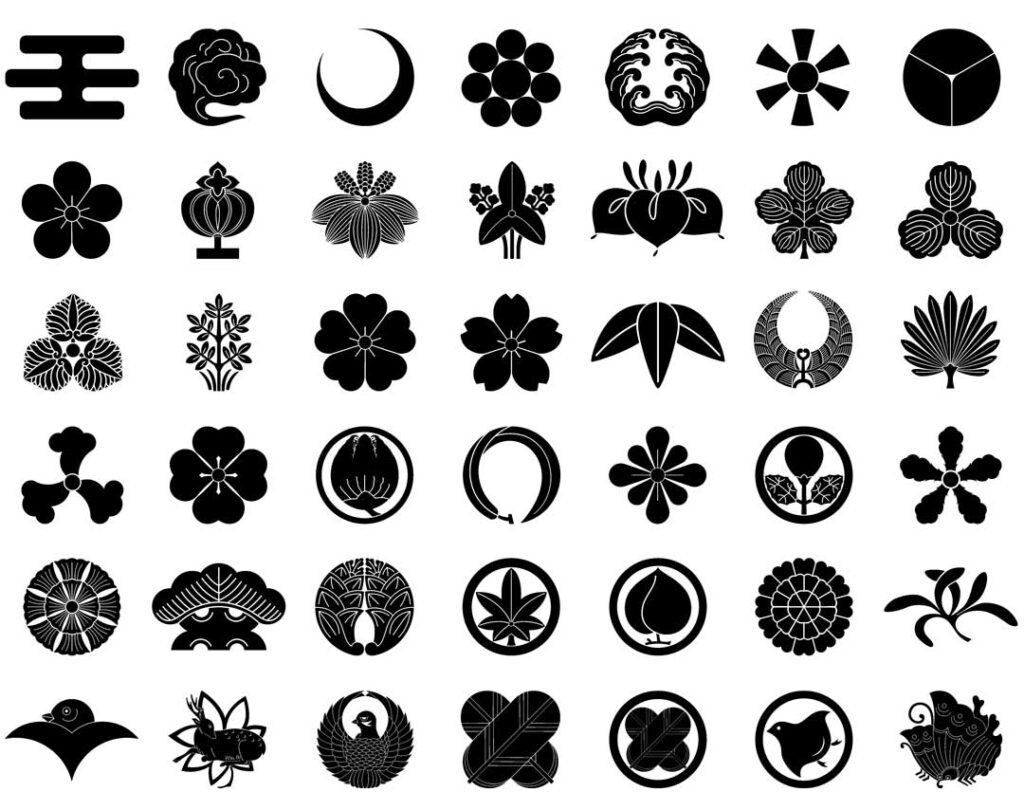
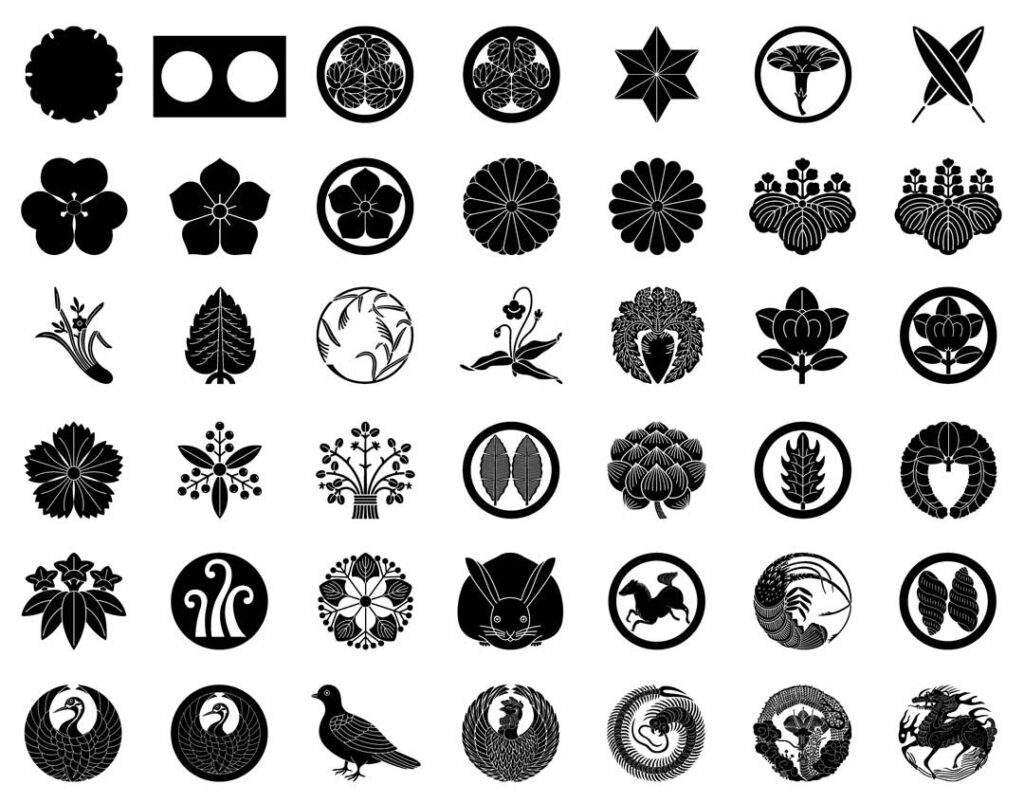
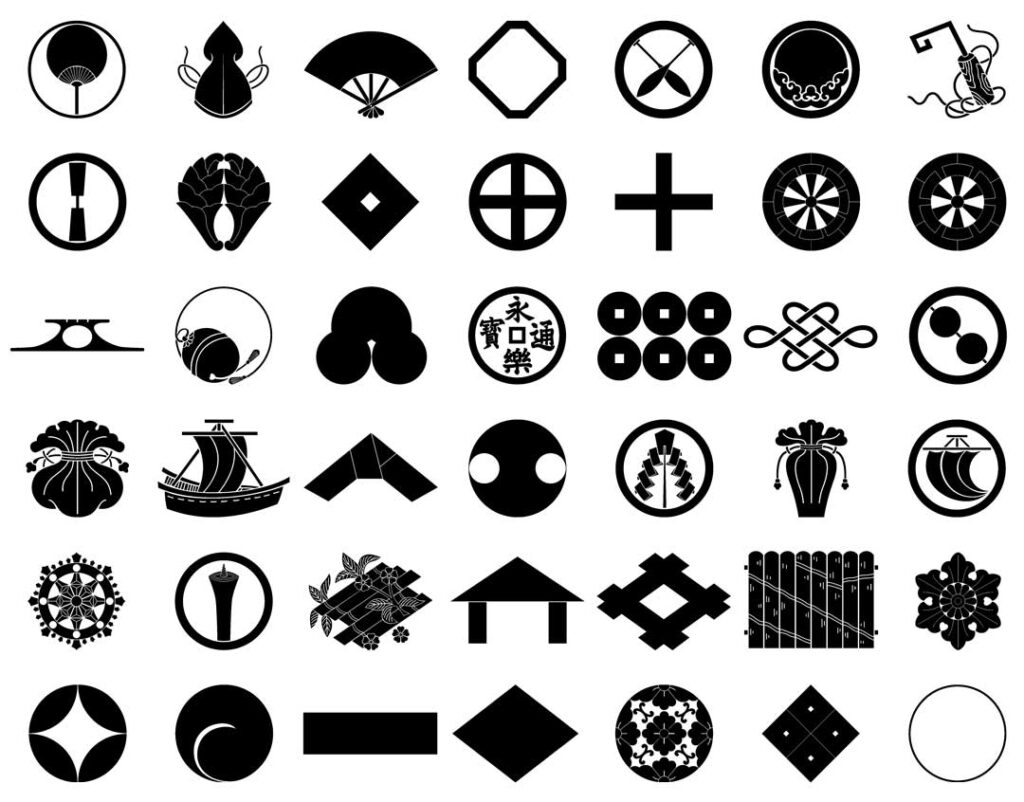
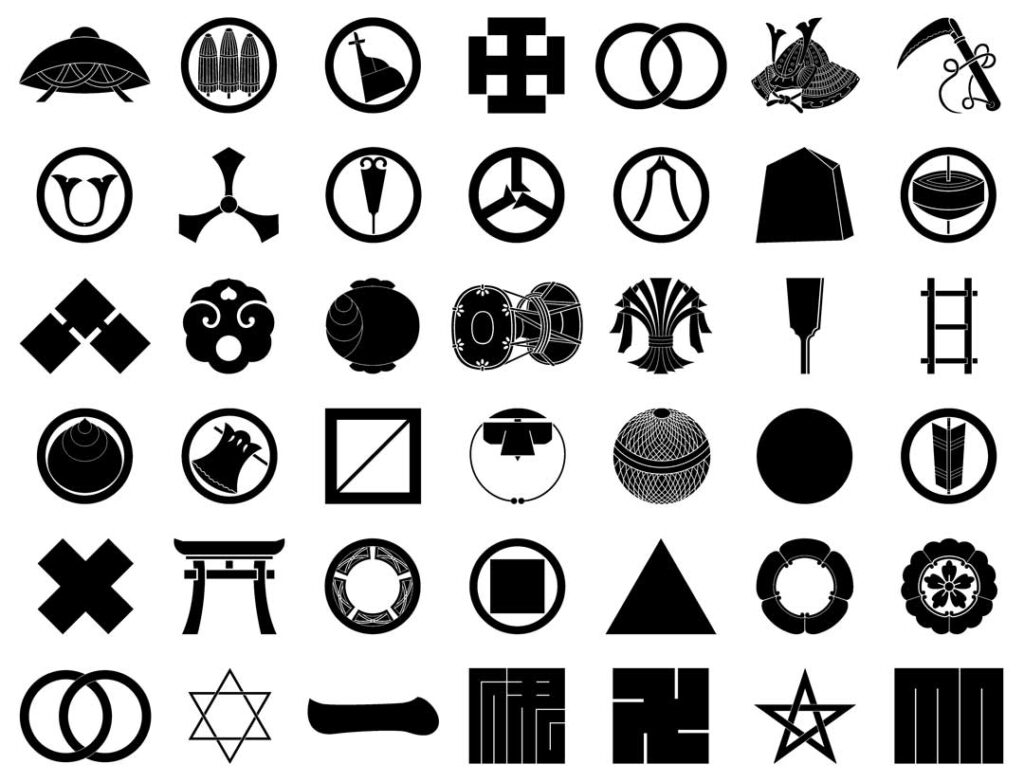
Logo Design Examples Utilizing Kamon (Japanese Family Crest) Designs
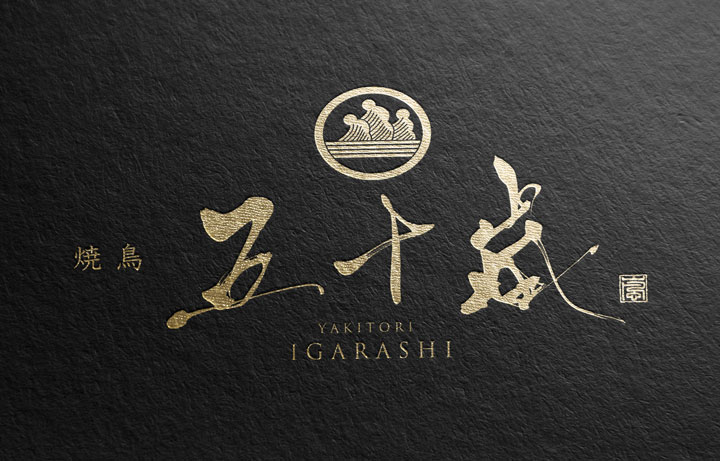
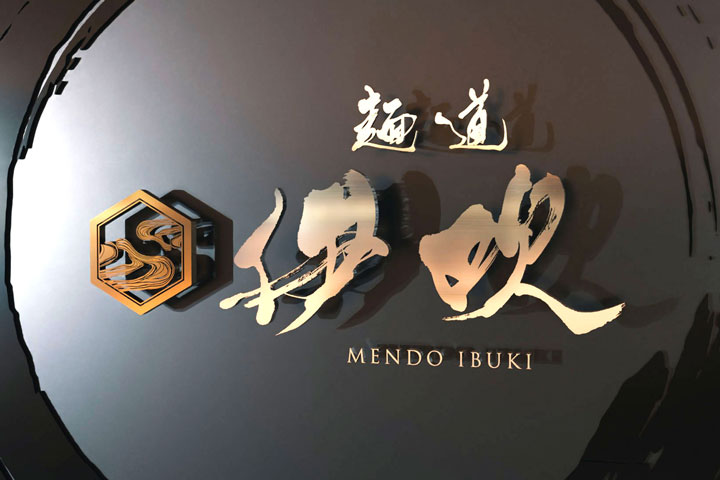
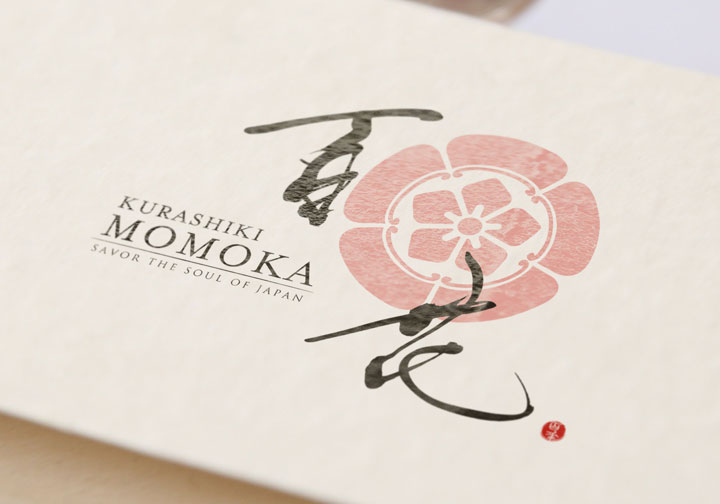
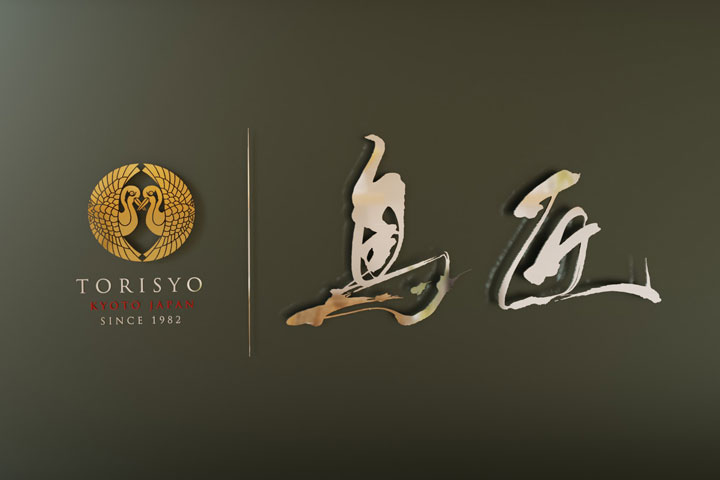
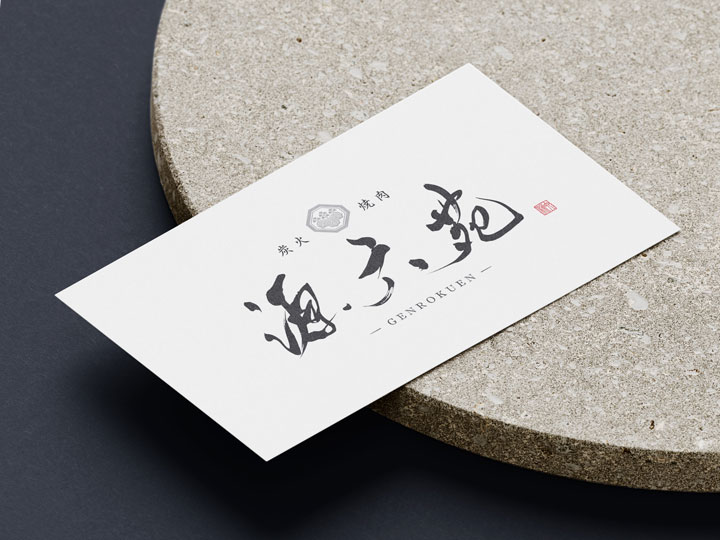
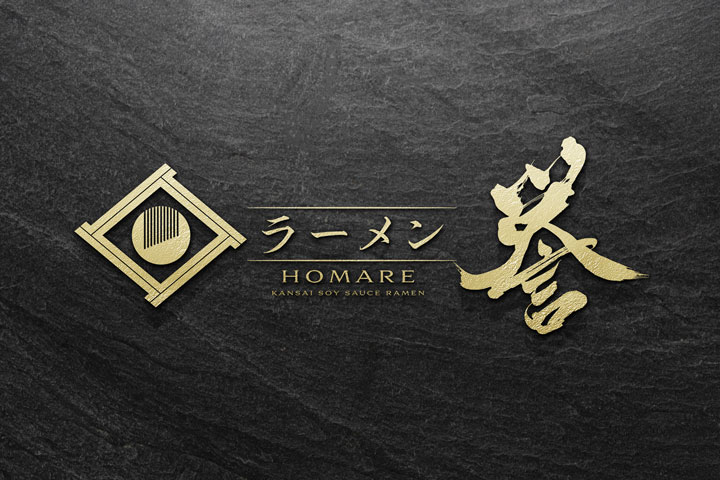
Summary
Kamon are deeply intertwined with Japanese culture.
From their origin to the present, Kamon have been an important means of expressing a family’s identity, status, and social role.
Additionally, Kamon hold aesthetic values, with their designs adopted in artworks and crafts.
They also play a significant role in festivals and ceremonies, symbolizing Japanese cultural traditions.
Lastly, Kamon serve as a means of reinforcing individual identity and a sense of belonging to the community, reflecting the Japanese values that emphasize the relationship between individuals and society.
The existence and role of Kamon contribute to the understanding of Japan’s social structure, aesthetics, traditions, and the interaction between individuals and society.
About Us
SANTEN Design excels in crafting meticulous brush lettering logos, customized to meet diverse needs.
We provide comprehensive design services and consultations, from small businesses to large corporations and individual clients, assuring understanding and transparency.
Contact us for any inquiries, quotes, or to bring your creative vision to life.
